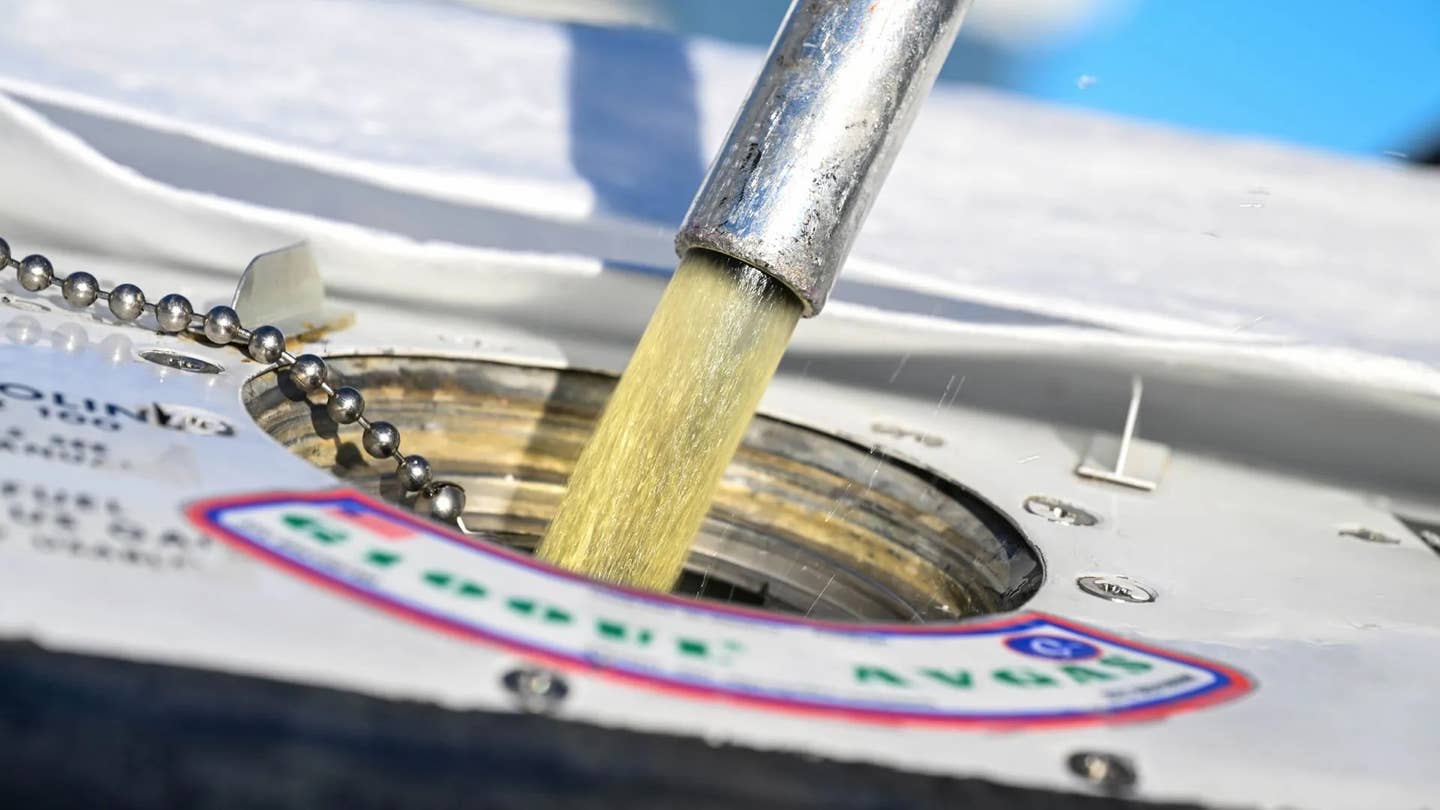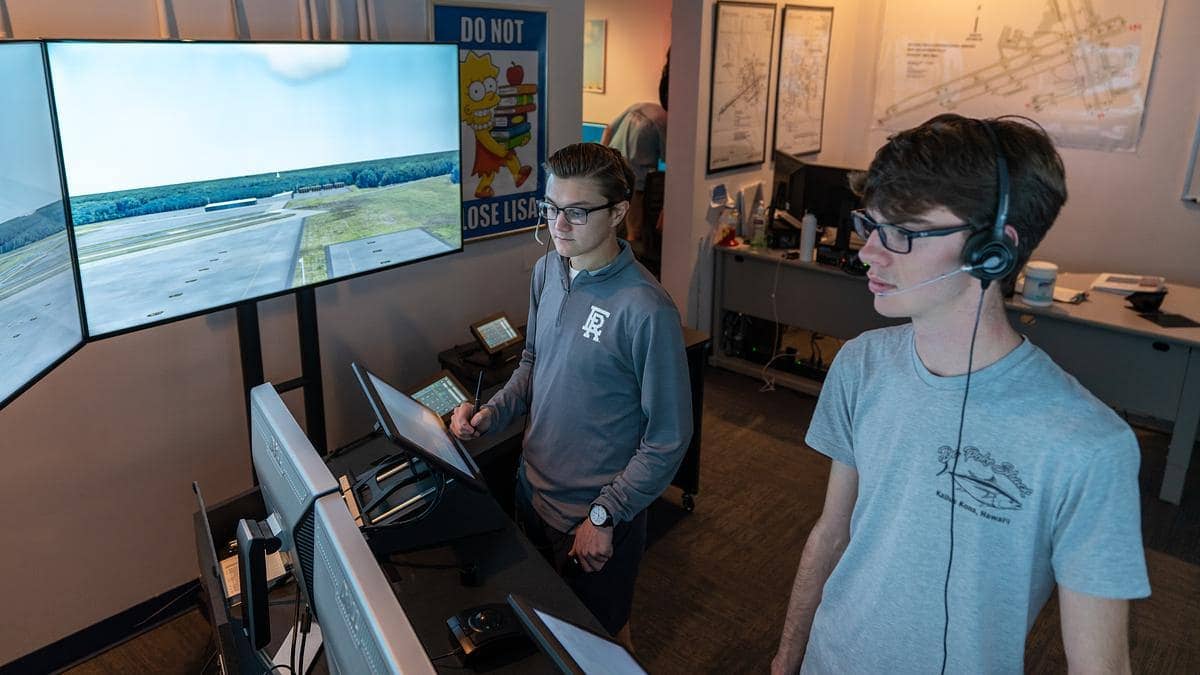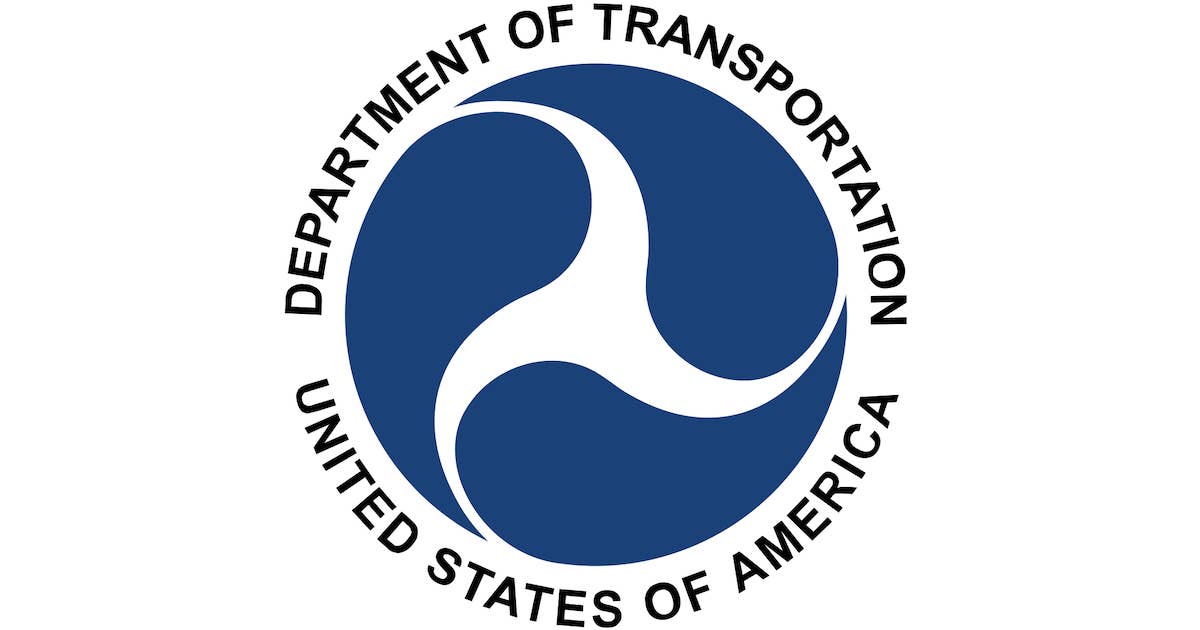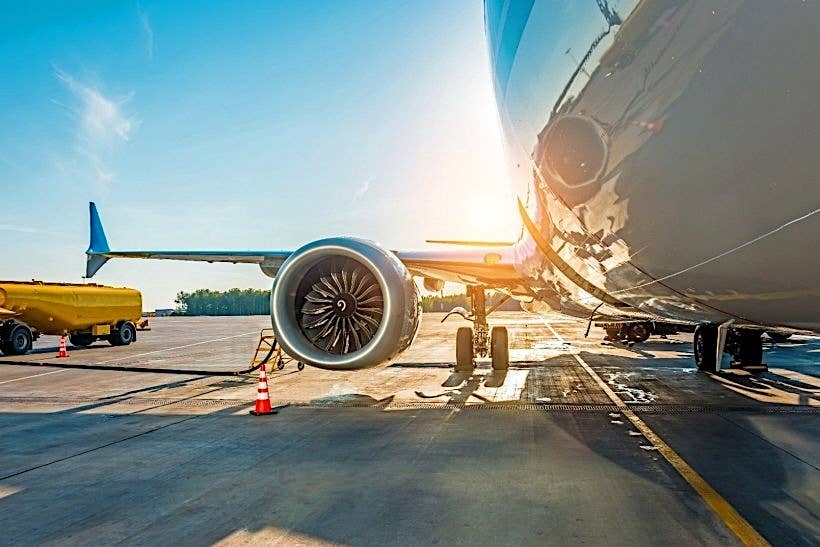EZ-FLY: Researching Easier To Fly Aircraft
In the airline and military realm, fly-by-wire control has become old hat but because of expense and certification complexity, the technology hasnt trickled down to light aircraft general aviation. Some in the industry, however, believe that digital control architecture and the enhanced stability it can offer might make airplanes easier to fly and would thus kick the door open to higher aircraft demand. A company called Flight Level Engineering is just completing a project for the FAA that could lay the foundation for certification of such systems, for which there may be no significant manufacturing barriers.
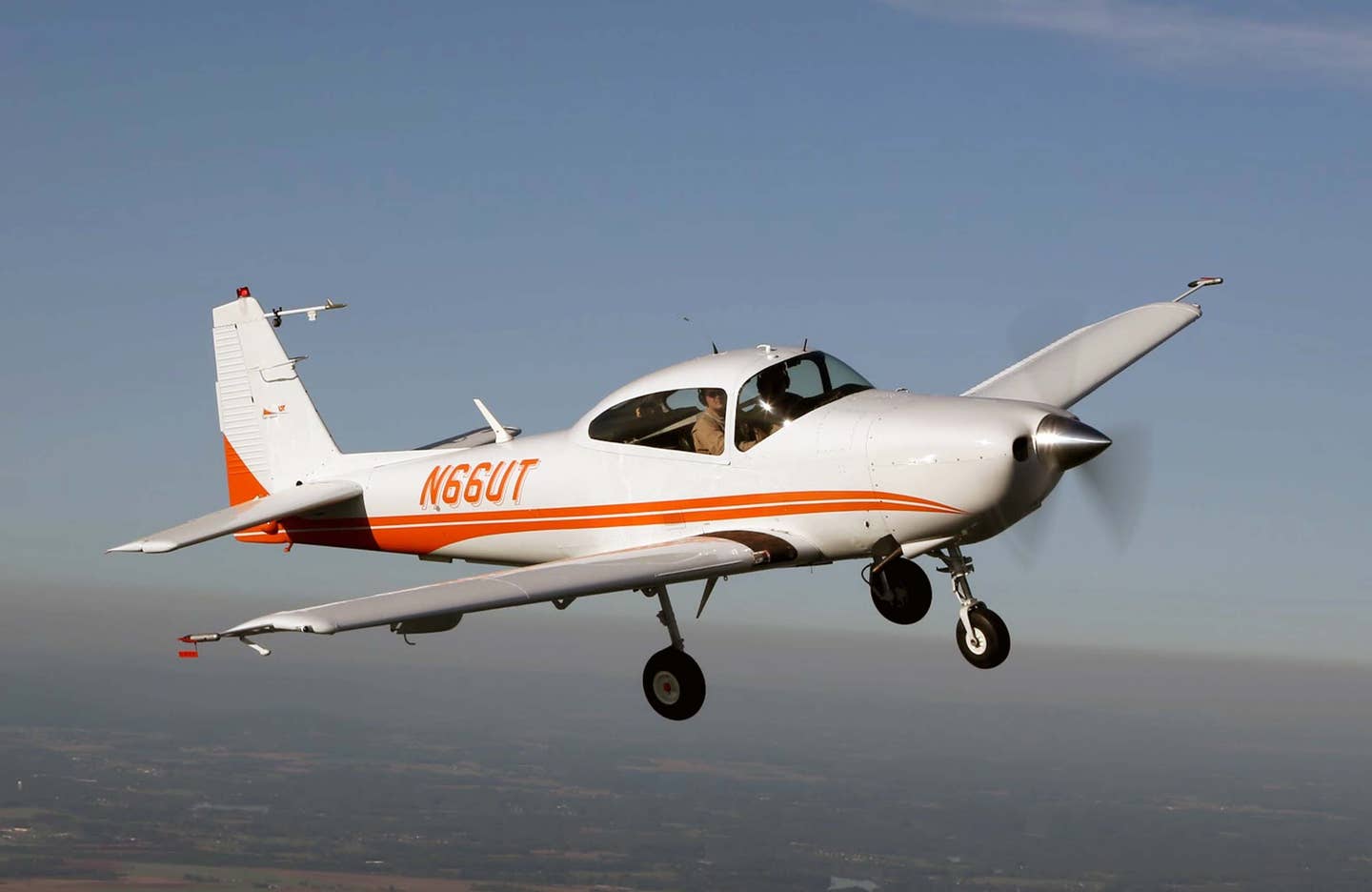
In the airline and military realm, fly-by-wire control has become old hat but because of expense and certification complexity, the technology hasn't trickled down to light aircraft general aviation. Some in the industry, however, believe that digital control architecture and the enhanced stability it can offer might make airplanes easier to fly and would thus kick the door open to higher aircraft demand. A company called Flight Level Engineering is just completing a project for the FAA that could lay the foundation for certification of such systems, for which there may be no significant manufacturing barriers.
The project, called EZ-FLY, was briefed late last year at a conference on the General Aviation Manufacturers Association Simplified Vehicle Operations initiative. It was held at Embry-Riddle Aeronautical University in Daytona Beach. The research project used a specially modified Navion equipped with hydraulic and electric servos that was originally built as a variable-stability platform to train test pilots. Researcher Borja Martos says that it made a perfect vehicle for exploring both how such systems might be certified but, more important, how human pilots might interact with them.
Martos and fellow researcher Noel Duerkson said the SVO concept hasn't been precisely defined by either the industry or the FAA, but it's clear that with new urban mobility concepts materializing every week, cutting-edge aircraft design is moving toward stabilized or highly augmented autoflight. Although Flight Level's research used digital architecture to overlay the Navion's mechanical control circuitry, a larger goal of the project was to learn how untrained human pilots would react to a simplified control system that would, theoretically, allow a pilot to fly with a fraction of the training now required. The overarching goal is to increase access to general aviation, with a side benefit of reducing loss- of-control accidents.
Martos said the company's research on how humans interact with such a machine was eye opening. "We found it was a much more integrated problem than we thought," he said. The idea was to put a zero-time test subject in the cockpit, provide minimum familiarization and record the results. Various displays and control inputs were tried. "Figuring out what works for the display was completely backward from what we thought it would be," Martos said.
Curiously, the concept isn't entirely new and dates from NASA's Advanced General Aviation Transport Experiment (AGATE) program two decades ago, which Duerkson worked on. The EZ-FLY concept existed then and required a baggage compartment full of processing horsepower to function. Now, says Duerkson, the same thing can be done in a box the size of a typical GA autopilot, making such a system both realistic to certify and manufacture. Projects like EZ-FLY will lay the foundation for paths to certification.
While the Navion provided a practical aircraft for testing, the overall concept is platform agnostic and could be applied to multi-rotor aircraft as well. Duerkson says the EZ-FLY project is one step on the road to certifiable autonomous flight. "We think we have to do this in steps. The FAA expects that and we think the general public expects it," Duerkson says.
The impact on aircraft cost could be significant, eventually. Theoretically, aircraft that are easier to fly would attract more buyers and volume manufacturing would drive down prices. AGATE's research, says Duerkson, suggested that a tenfold volume increase would reduce costs by half.

